The beauty of Alaska’s seacoast is a big draw for many visitors to Alaska. Alaska has the most coastline of any state and boasts several different marine regions, full of unique landscapes and wildlife. Our trips primarily travel the waters around Kenai Fjords National Park. This unique seacoast is full of fjords, mountains, rocky islands, glaciers from the sprawling Harding Icefield and, one of our absolute favorite parts of the Park, the marine mammals.
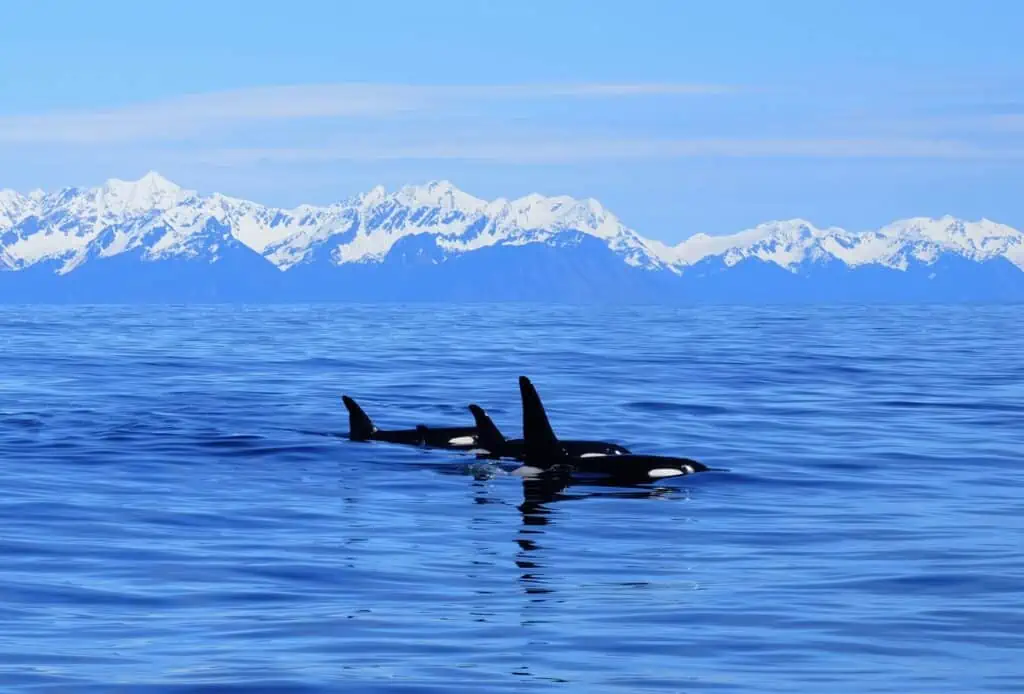
The largest marine mammals in the waters around Kenai Fjords National Park are whales; while it’s possible to spot Fin, Gray, Minke and Sei whales, we most frequently are treated to Humpback whale sightings. From April to November, humpback whales stay in the waters around Kenai Fjords National Park and Resurrection Bay. In November, they head back to their breeding grounds in Hawaii and Mexico for the winter. These humpback whales travel this immense distance every year (up to 3,000 miles) because our Alaska waters are so abundant with krill (which make up the majority of a humpback’s diet), other important nutrients, and the oxygen-rich waters. Watching these massive animals jump out of the water is truly the experience of a lifetime.
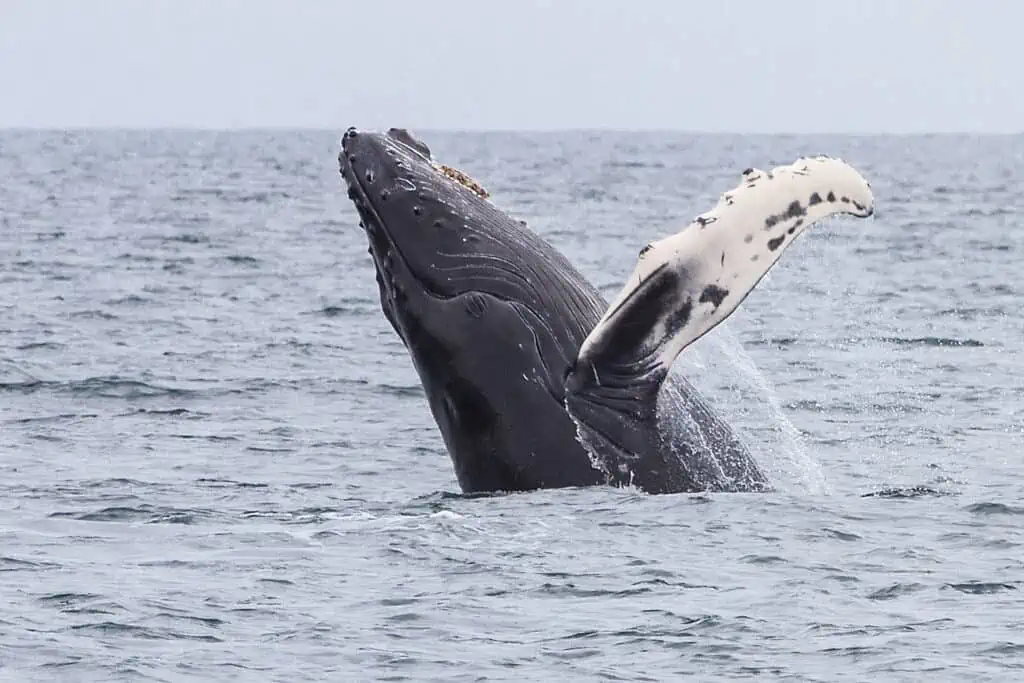
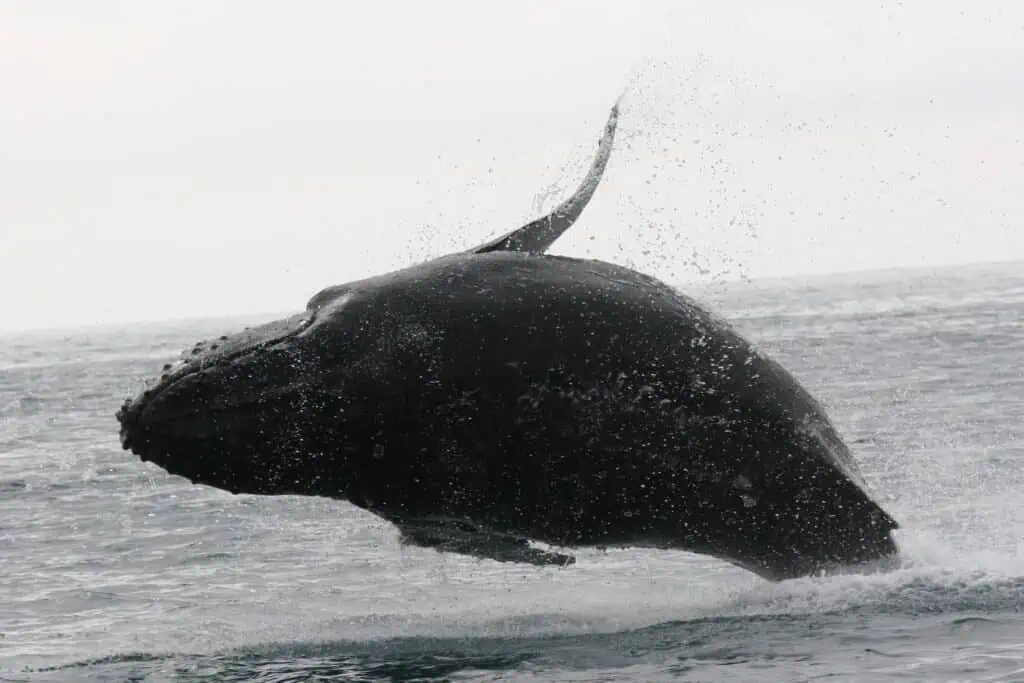
Orcas (also known as Killer whales and the largest member of the Dolphin family) and Dall’s porpoises are also frequently sighted from our boats. There are three distinct populations of orcas in the waters around Kenai Fjords National Park: resident orcas, transient orcas, and offshore (or unidentified) orcas. Even though these marine mammals all share the waters around Kenai Fjords National Park, their behavior and diet is distinct: resident orcas primarily eat silver salmon, while transient orcas are more predatory and eat other marine mammals. Because of this difference in diets, transient orcas are stealthier. We more frequently are treated to great sightings of the various resident orca pods.
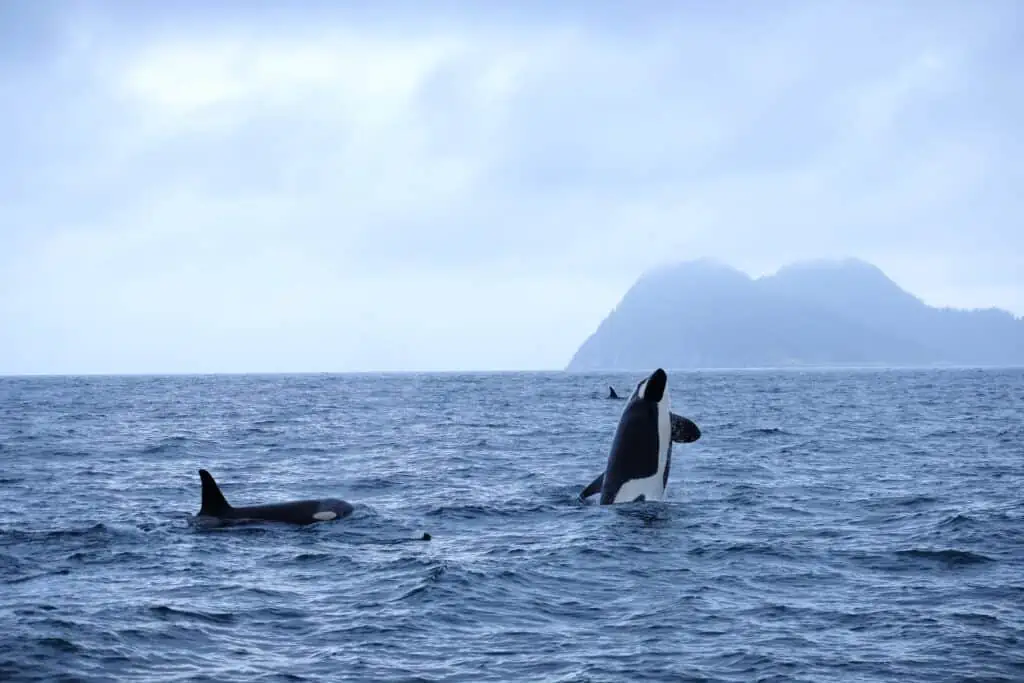
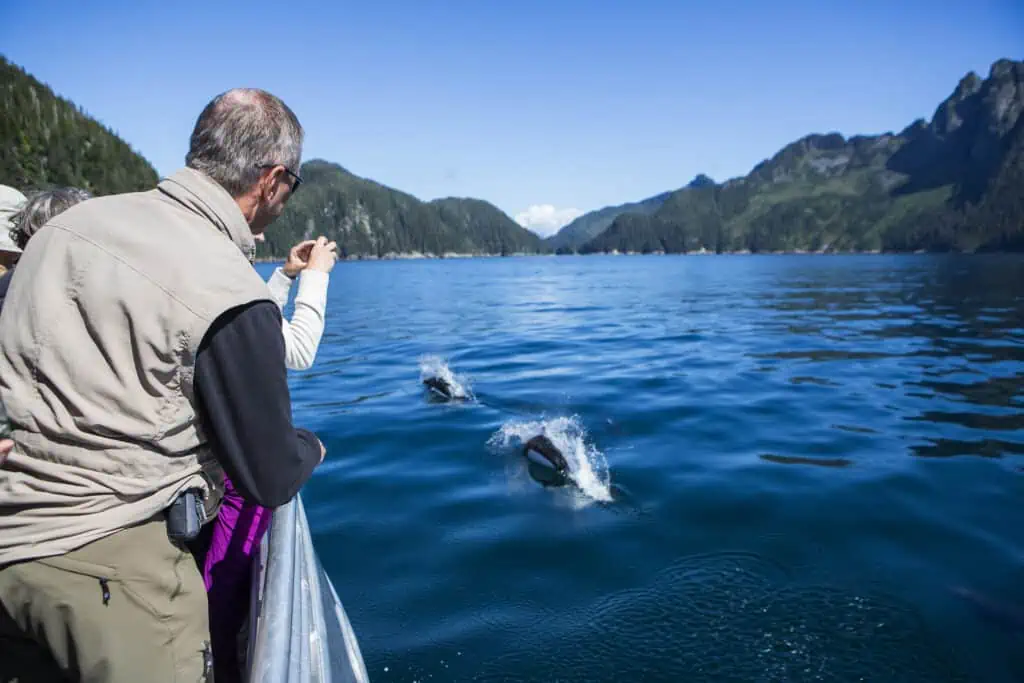
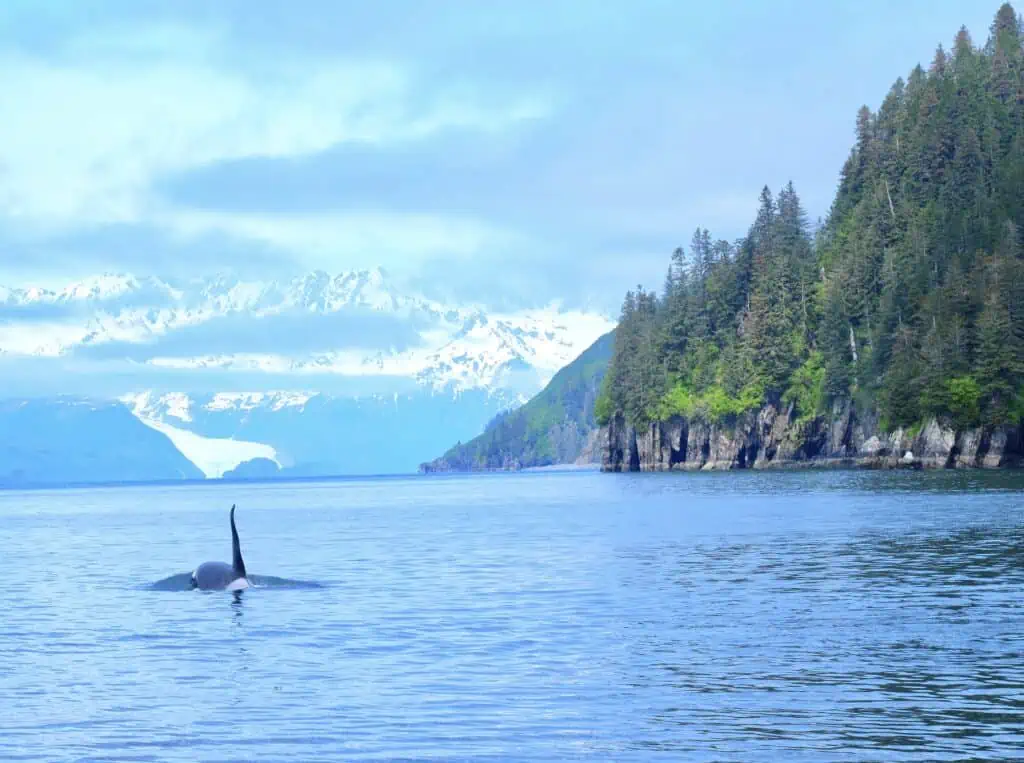
Steller sea lions are a common sight on the rocky islands and outcrops in the waters around the National Park. These sea lion “haul-outs” give the sea lions a place to get out of the water, dry off and enjoy the sun in the spring and early summer.
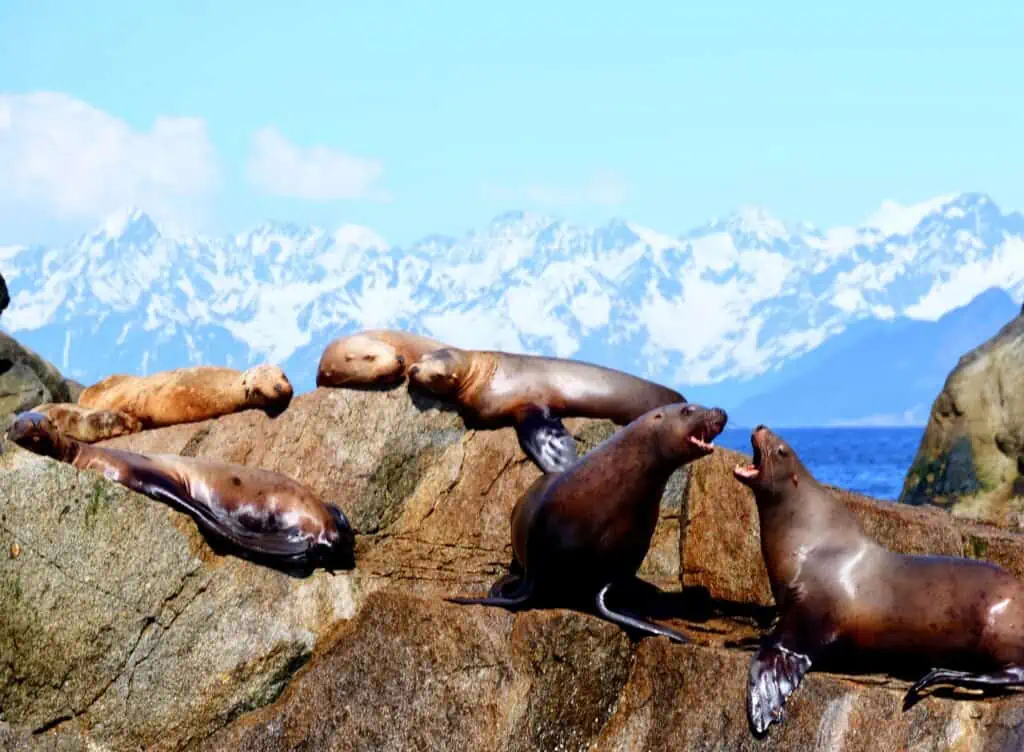
Harbor seals and otters are also commonly spotted in the waters around the Park and also in Pedersen Lagoon, just steps away from Kenai Fjords Glacier Lodge. These two smaller marine mammals spend time in the open bay but love the protected waters of the lagoon. Harbor seals also frequently “haul out” on chunks of ice from the tidewater glaciers – the area around Aialik Glacier is considered one of the best places to spot them. The charismatic otter (the largest member of the weasel family), are frequently seen floating on their back and eating. Their diet includes sea urchins, crabs, clams and mussels, and their sharp teeth help them eat some of these tougher creatures.
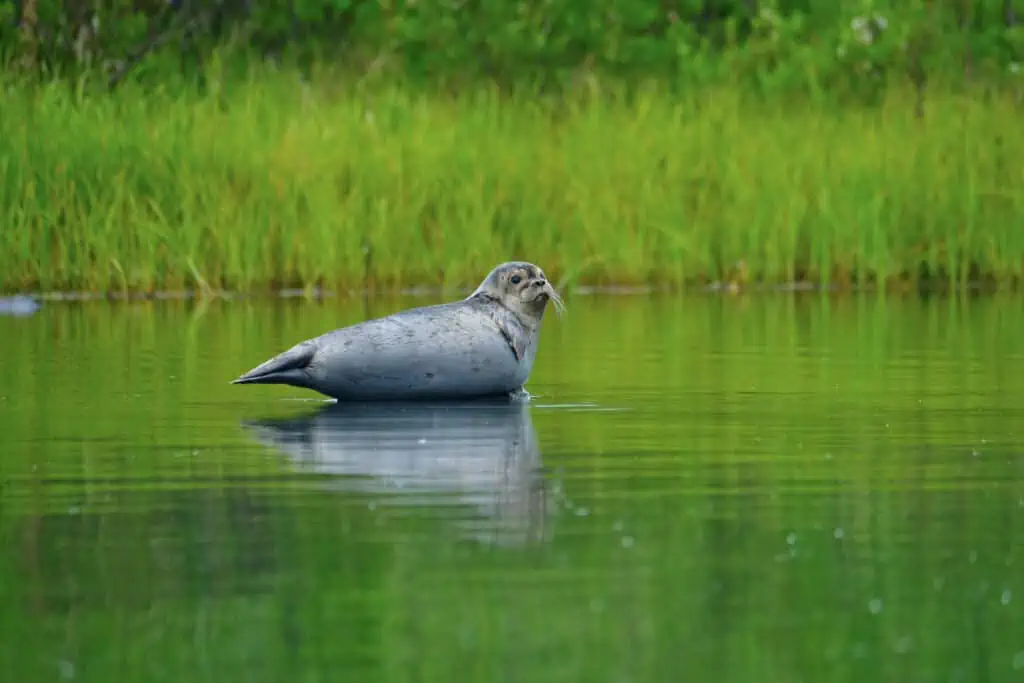
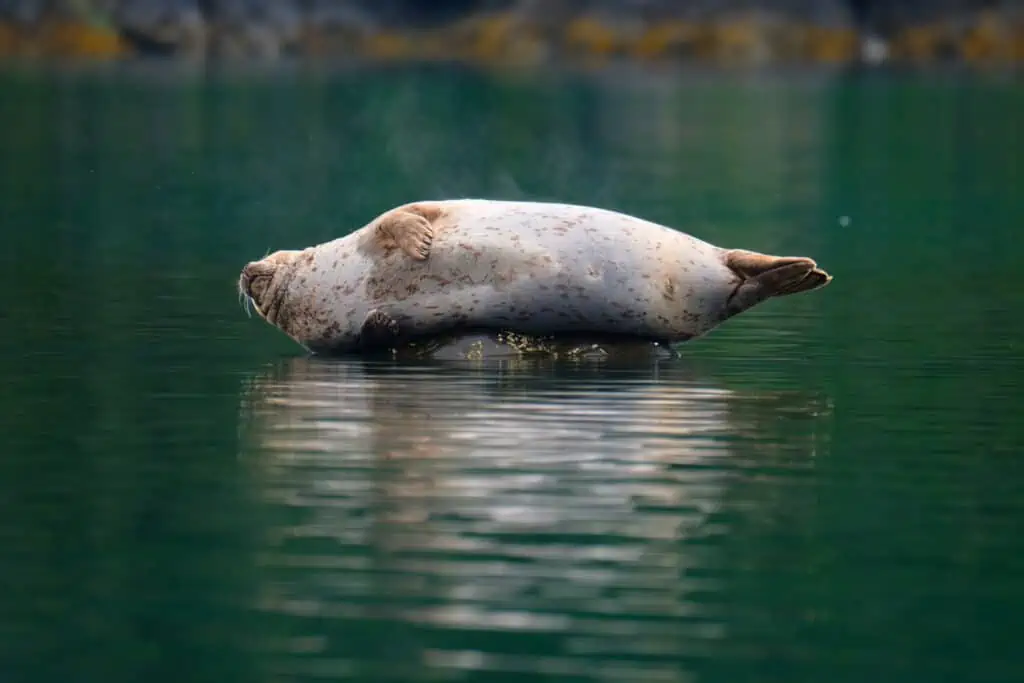
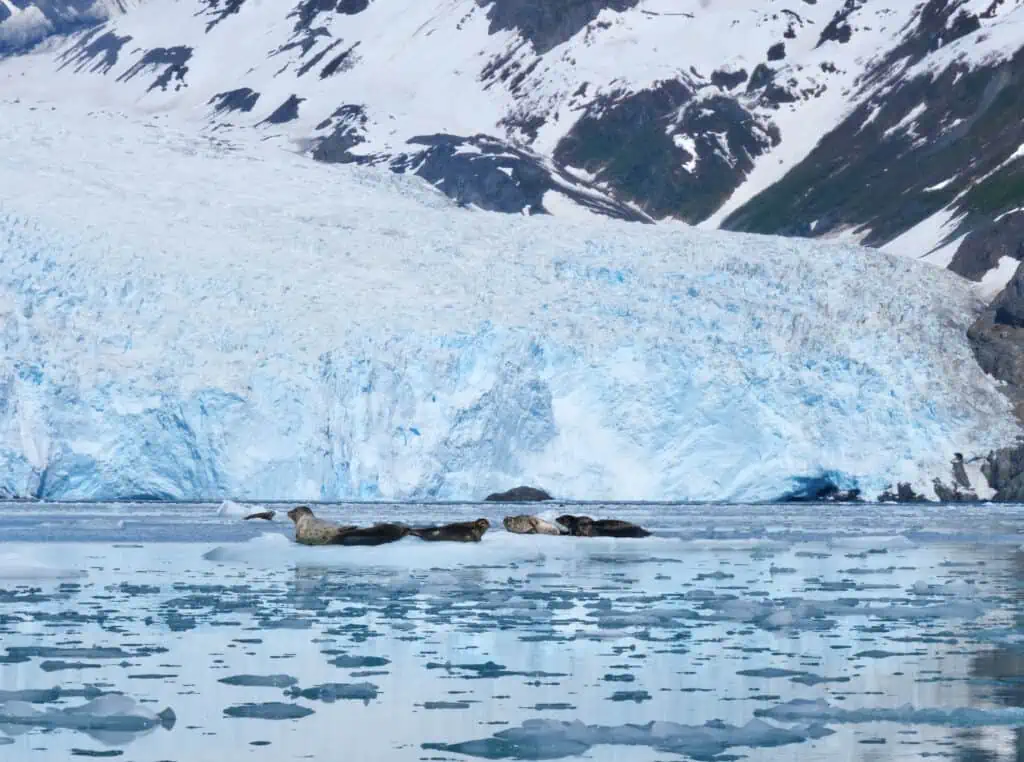
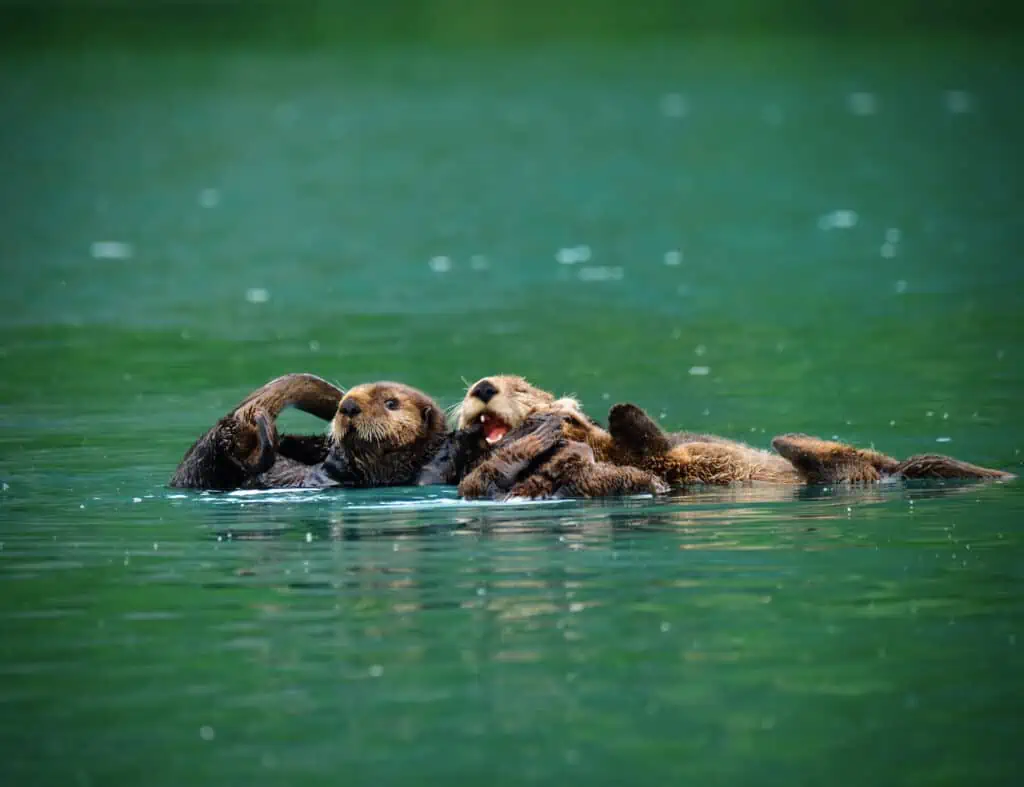
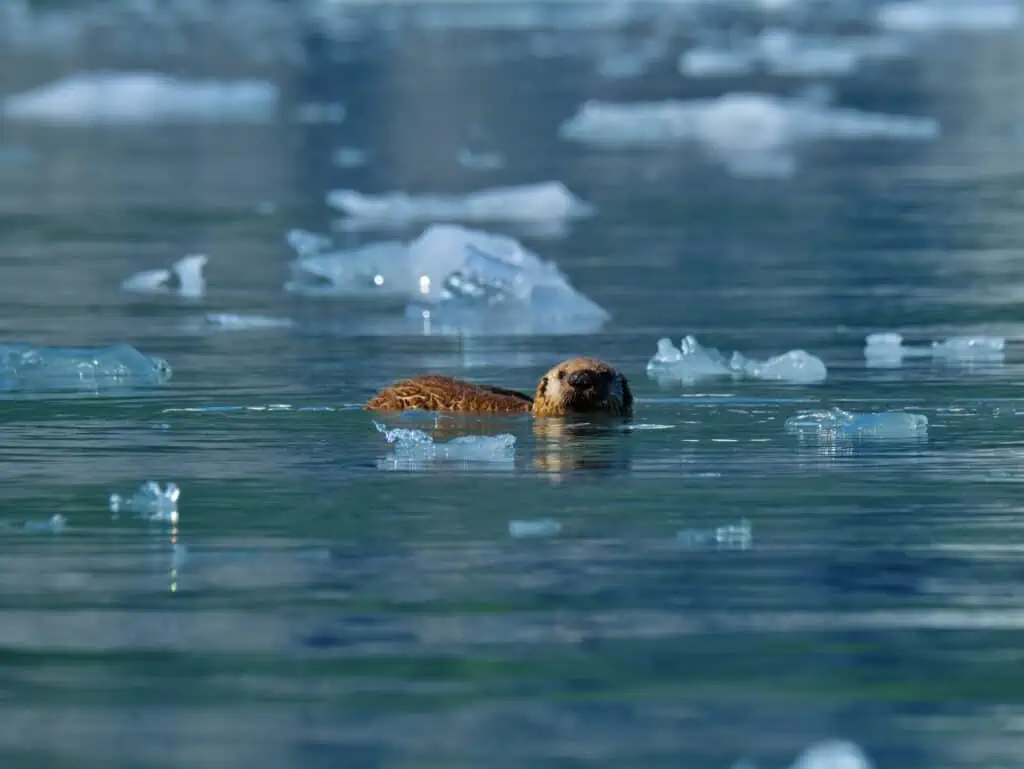
Every stay at our Kenai Fjords Glacier Lodge begins and ends with a marine wildlife and glacier cruise through Kenai Fjords National Park. Departing from Seward, Alaska, small boat touring is often the preferred mode of exploration in the Kenai Fjords for more intimate wilderness experiences and enhanced natural history interpretation. This cruise to and from the Glacier Lodge is a prime opportunity for spotting all of the marine mammals mentioned here.
Weather Permitting (the water taxi arm of Alaska Wildland Adventures) is a proud member of Whale SENSE, a voluntary education and recognition program that recognizes companies committed to responsible whale watching practices.
More information about all of these amazing marine mammals as well as information about other species, and Kenai Fjords National Park more generally, can be found on the National Park Service website: https://www.nps.gov/kefj/learn/nature/marine_mammals.htm.